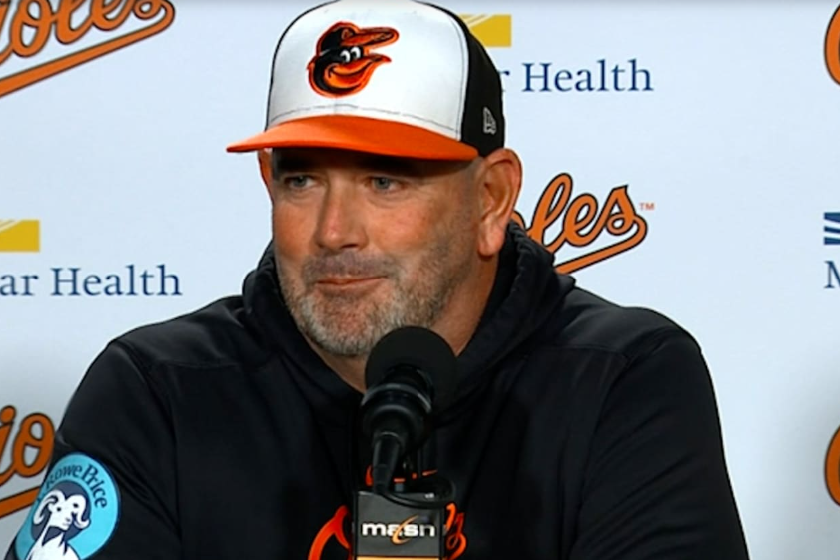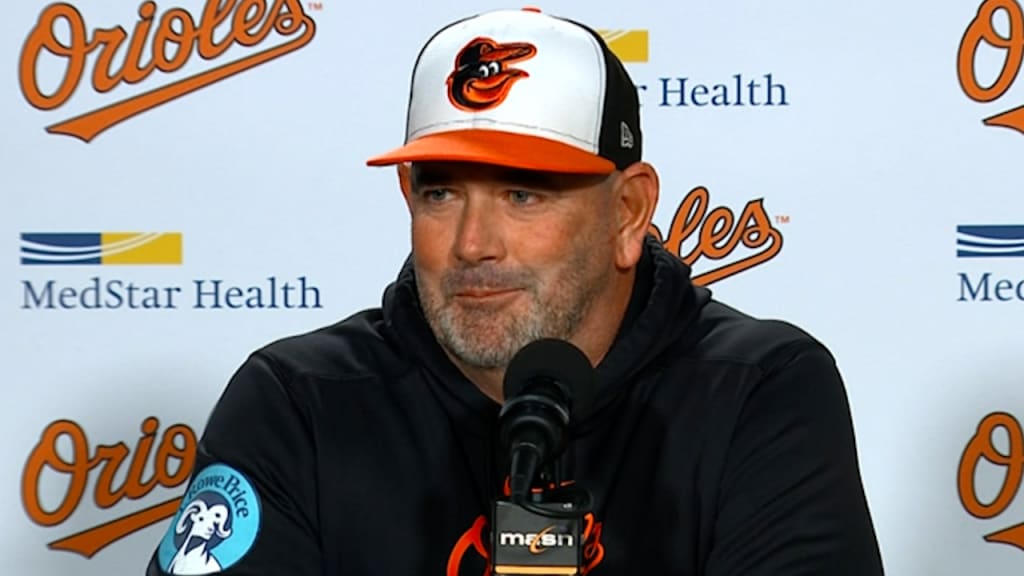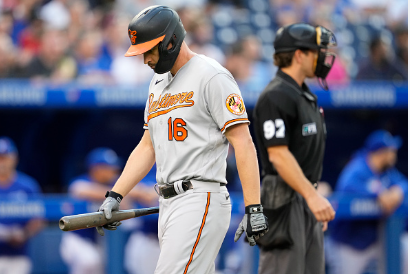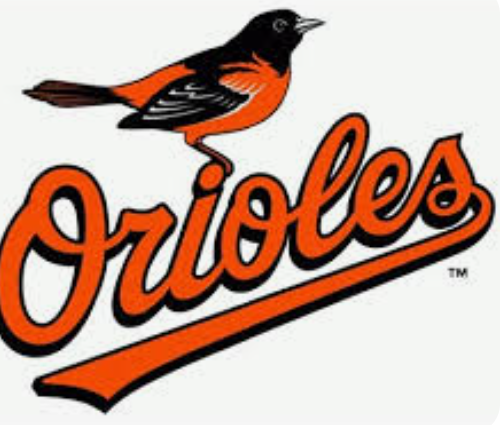On July 30, the day of the MLB trade deadline, Mike Elias and his team made a whirlwind of trades, engaging with five different teams and involving 12 players. When combined with two earlier trades on July 26, the Orioles ultimately managed to acquire or trade away 19 players in just five days.
Amid this frenzy, one minor trade might have slipped under the radar: minutes before the deadline, the Orioles executed a rare prospect-for-prospect deal, sending utility player Billy Cook to the Pirates in exchange for right-handed pitcher Patrick Reilly.
Reilly was the only non-major leaguer among the nine players the Orioles acquired during this period. However, he could potentially have more long-term value than the others if things go well.
Standing at 6-foot-3 and recently turning 23, Reilly was a fifth-round draft pick by the Pirates in 2023 out of Vanderbilt. His college performance may raise some eyebrows, as he had an ERA above five over three years, along with a concerning 5.8 walks per nine innings in 144 innings pitched, primarily in relief. MLB Pipeline describes Reilly as “enigmatic,” noting his tendency to show impressive potential but often struggle to control it.
/cdn.vox-cdn.com/uploads/chorus_image/image/73676995/2128606608.0.jpg)
That potential is evident in his pitching. Reilly’s main pitch is a four-seam fastball that typically ranges from 92-95 mph but has been clocked as high as 97-99 mph. This fastball has significant movement, leading to a 35% miss rate, according to FanGraphs’ analysts, who ranked him as the Pirates’ #22 prospect heading into the 2024 season.
They also see promise in his slider, which features “downer action” and a “horizontal tilt,” as well as his cutter, which he effectively uses against left-handed batters. He has mostly abandoned a below-average changeup since turning pro.
After a brief appearance in Low-A last year, Reilly started this season with Pittsburgh’s High-A team, Greensboro, where he adjusted well. The Pirates shifted him to a full-time starting role, and he recorded a 3.89 ERA and 1.159 WHIP over 19 starts, averaging 11 strikeouts per nine innings. Although his walk rate was still high at 4.2, it was an improvement over his college days.
Like many young pitchers, Reilly wasn’t pushed deep into games early on. He didn’t exceed five innings in a start until his 13th outing on June 18, where he delivered six scoreless innings with 10 strikeouts. In early July, he impressed against the Orioles’ affiliate, Aberdeen, striking out nine while not allowing an earned run, likely boosting the Orioles’ interest in acquiring him.
The Orioles traded Cook, who was excelling at Triple-A Norfolk but lacked a clear path to the majors, to the Pirates for Reilly. After the trade, Reilly was promoted to Double-A Bowie, where he posted a 3.73 ERA in 31.1 innings. His strikeout rate remained consistent, but his walk rate increased to 5.2.
Reilly’s challenge lies in his control, primarily due to his high-effort delivery. Analysts note that his high arm slot gives his fastball extra vertical break but can disrupt his mechanics. As a result, his most viable future might be in a relief role, where his fastball could gain additional velocity in shorter outings. They believe he could excel in high-pressure situations if he can improve his command.
Despite this, the Orioles have kept Reilly in a starting role, using him as a starter in six of his eight appearances since the trade. Reilly himself prefers starting, stating, “I like the routine that goes with it, and I like the innings and being able to handle all of that. That’s what I hope to do for a long time.”
Currently, MLB Pipeline ranks Reilly as the Orioles’ #14 prospect and their fifth-best pitching prospect. He is expected to start the 2025 season back at Bowie, where the team will continue to evaluate him as a starter but may consider a relief role if needed.
The Orioles, focused on winning now, haven’t frequently sought out prospects from other teams, but they made an exception for Reilly. It remains to be seen if he will justify their faith in him.




